Despite being in Israel, we are able to travel back in time and experience the Ancient Roman Empire thanks to the restoration of the amphitheater, aqueducts, hippodrome, and a large portion of the port of Caesarea.
In the middle of the 20th Century, excavations of the ruins of the ancient city of Caesarea began. Currently, the amphitheater, aqueducts, hippodrome and a good part of the port of Caesarea have been restored, which allows us to go back in time and enter the Ancient Roman Empire, despite being in Israel.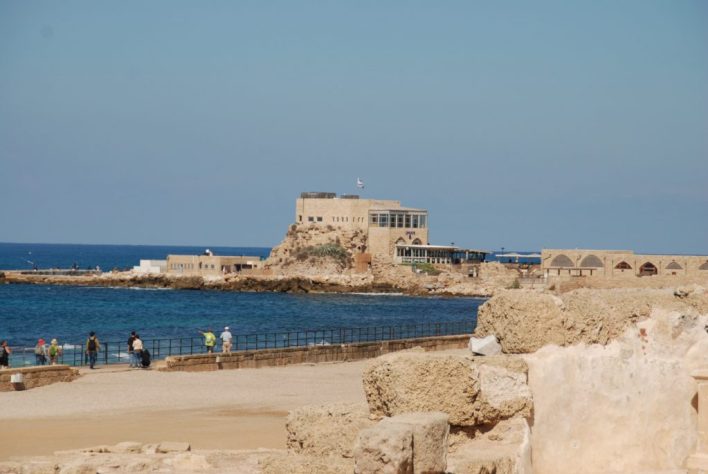
Greeted by a gentle breeze, beautiful clear skies and a deep blue Mediterranean, I could not wait to explore one of Israel’s most fascinating archaeological sites, Caesarea Maritima. Dating back to the Phoenicians, this spectacular harbor town was one of King Herod’s most elaborate reconstruction projects in honor of Emperor Augustus. Located between the bustling cities of Tel Aviv and Haifa, the harbor was once known as Stratton’s Tower.
Prosperity flourished in Caesarea during the time of Roman rule and by 6AD it had become the seat of the Roman Governor. During the first Jewish revolt against Rome dating back to 66 AD, Caesarea proved valuable as a military base during the first great Jewish revolt against Rome. Remnants of this empire remained as we strolled through a tunnel beneath the theater at the Caesarea National Park. Gathering for a lecture regarding this former bustling port, I took my seat within the cavea of the theater where I became easily distracted by the seaside views of the harbor.

Built between 22 – 10 BC, Herod’s theater was the first of its kind in Israel. Located along the sea, it was carved into the natural kurkar ridge. The structure seated approximately 4,000 spectators, offering performances from tragedies, comedies and mime. Having undergone several renovations during the Roman and Byzantine period, the theater officially closed in the 5th century AD.
Documented by historian Josephus, a dramatic event occurred at Caesarea’s theater which included the grandson of Herod the Great, Herod Agrippa I. Agrippa’s rise to power had been based on his friendship with Caligula, son of Tiberias, who gave Herod Agrippa rule over the area of Golan. Claudius, who succeeded Caligula as the new emperor, he in turn, gave Agrippa rule over all Judea. When Caligula insisted that Herod Agrippa discontinue building a wall around Jerusalem, Agrippa disobeyed. Many believed that Herod Agrippa was “aiming for too much dignity and power”. When these rumors reached Agrippa, he decided to celebrate Caligula’s birthday with a series of games held at Caesarea.
As the story of King Agrippa I unfolds, it was documented in the Bible’s New Testament book of Acts (Acts 12:18-23):
“Now as soon as it was day, there was no small stir among the soldiers about what had become of Peter. When Herod had sought for him, and didn’t find him, he examined the guards, and commanded that they should be put to death. He went down from Judea to Caesarea, and stayed there. Now Herod was very angry with the people of Tyre and Sidon. They came with one accord to him, and, having made Blastus, the king’s personal aide, their friend, they asked for peace, because their country depended on the king’s country for food. On an appointed day, Herod dressed himself in royal clothing, sat on the throne, and gave a speech to them. The people shouted, ‘The voice of a god, and not of a man!’ Immediately an angel of the Lord struck him, because he didn’t give God the glory, and he was eaten by worms and died.”
In the seventh year of his reign, in 44 AD, he died at the age of 54.
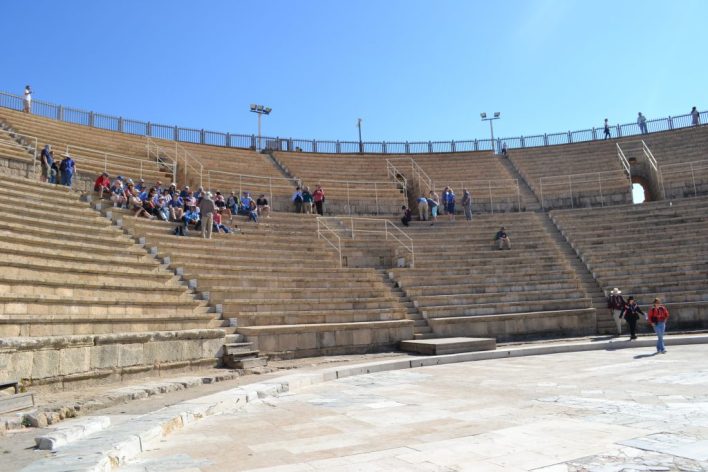
Extensive excavations at the site were carried out between 1959 and 1964. The theater’s stage is wood as it would have been in the time of Herod. An elaborate backdrop of imported granite pillars would have stood behind the stage which was great for projecting sound. A set of stairs leads below the stage where performers would await their entrance. The design of the theater creates an astounding example of exemplary acoustics, where performances of concerts, opera and ballet continue to this day.

Prior to reaching the Promontory Palace of Herod is the archaeological garden where several exhibits explain the use of recycled Roman columns after the harbor was abandoned. The exotic stone of these pillars had been imported from quarries in Egypt, Greece and modern-day Turkey (Asia Minor). A walkway leads through a gated wall remnant of an Umayyad fortress from the 8th century AD.

The panoramic view extended to the middle harbor as I stood within the ruins of King Herod’s Promontory Palace at Caesarea. Consisting of two tiers, I looked out onto the hippodrome, warehouses and harbor toward the north and towards the Mediterranean, local fishermen throwing in their lines from a stony outcrop extending from the coast.
Not much remains of Herod’s praetorium but a few columns and a rectangular pool which can be seen at the western edge of the courtyard. Beneath the water are the foundations of two story living quarters and mosaic floors from the triclinium.
The upper level of the northern side of the palace is traditionally thought to be the location where Paul argued his defense before Governor Felix, Porcius Festus and the Jewish King Herod Agrippa II. Paul’s two year imprisonment at Caesarea is documented in the New Testament book of Acts (Acts 23:33 – Acts 25:27).
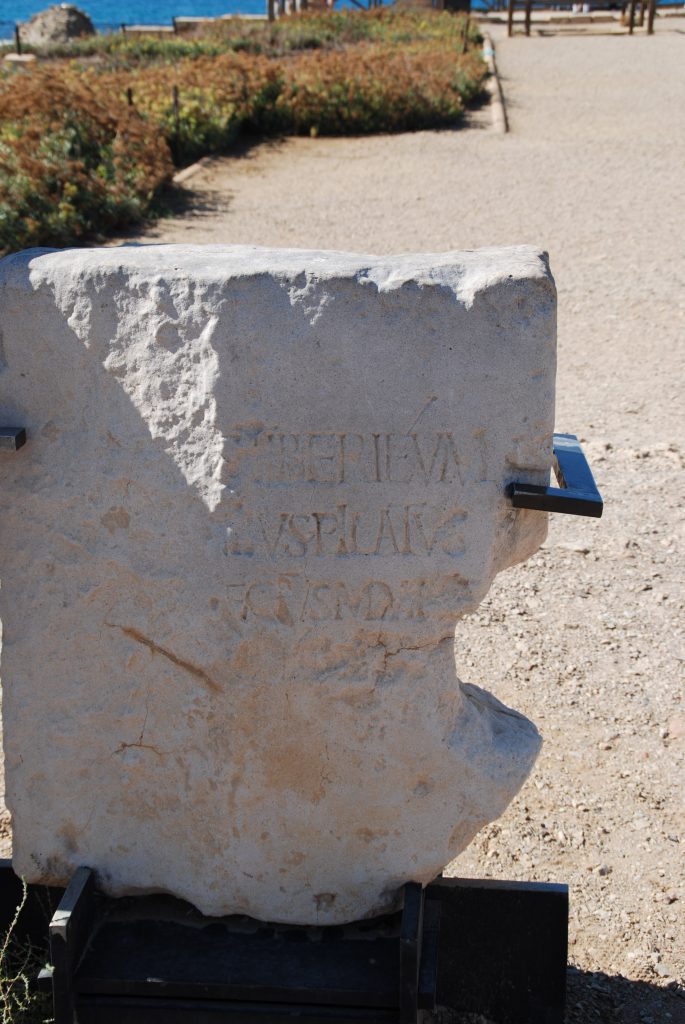
Before exiting the praetorium, an upright stone exhibit has been set aside in the center of the palace. The posted placard explains that this is a replica of an original stone found when the Romans renovated the theater. The Latin inscription states “Tiberium [Pon]tius Pilate [praef]ectus Judaeae” It is the first known documentation of Pontius Pilate as Praefect of Judea, during the first century AD, known for presiding over the trial of Jesus of Nazareth (Matt. 27:11- 26). Archaeologists believe that the stone may have been displayed at a temple built by Pilate in honor of Tiberius Caesar. The original stone is housed at the Israel Museum located in Jerusalem.

As I exited the palace courtyard toward the middle harbor, to my right is Herod’s large amphitheater measuring 950 feet by 165, inaugurated in 11 BC. Twelve rows of seats accommodated nearly 10,000 spectators for chariot races and athletic events. By the second century AD, a hippodrome was added to the complex and during the time of the Crusades, a dungeon was installed at the southern breakwater adjacent to the hippodrome.
Josephus, an early historian documented a Jewish standoff in In 26 AD that took place between the palace and the stadium. The story outlines how the Jewish community was offended when Roman insignia had been brought into their Holy City of Jerusalem. The Jewish laws forbade graven images so they traveled to Caesarea to insist that Pilate, the procurator, remove the ensigns. So, when Pilate refused, the Jews fell prostrate upon the hippodrome and remained in that state for five days and five nights.
When Pilate arrived at the “great stadium” he commanded the Jews to remove themselves, yet they remained loyal to their cause. At this point, Pilate announced that they would be “cut in pieces” if they did not agree to the display of Caesar’s images. The Jews surprised Pilate by offering themselves to be killed rather than go against the laws of God and he relented to their demands, removing the ensigns from Jerusalem (Josephus, War II, 9.2)
Forty years later, procurator Florus, stole money from the Temple of Jerusalem, which spawned the first great Jewish revolt. As a result of the violence, Emperor Titus tortured and executed more than 2500 Jews in Caesarea, most likely in the hippodrome as well. (Josephus, War, VII, 3.1)
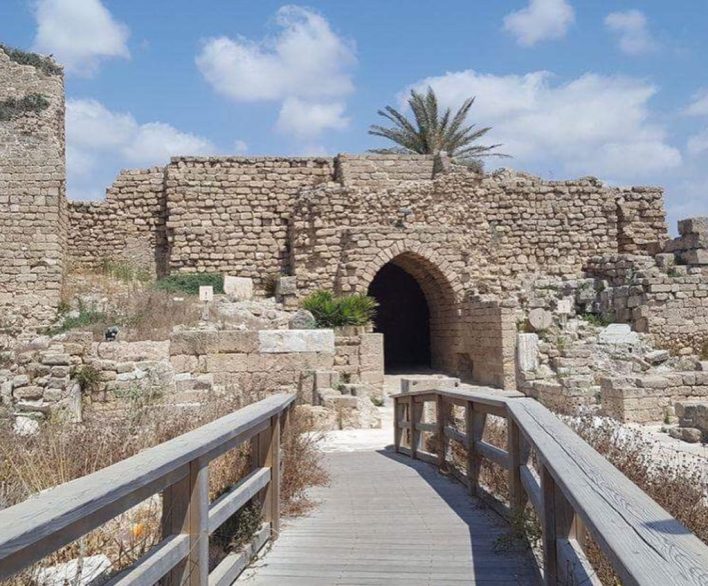
Upon entering the Crusader City, there is a dry moat and the original wall dating back to 1250 AD. On the coast near the inner harbor sits the 13th century Crusader citadel enclosed by walls. During the time of the crusades, the population of Caesarea had dropped to 12,000 residents but the city once again became an important port town until the Mamelukes invade destroying the town of Caesarea.
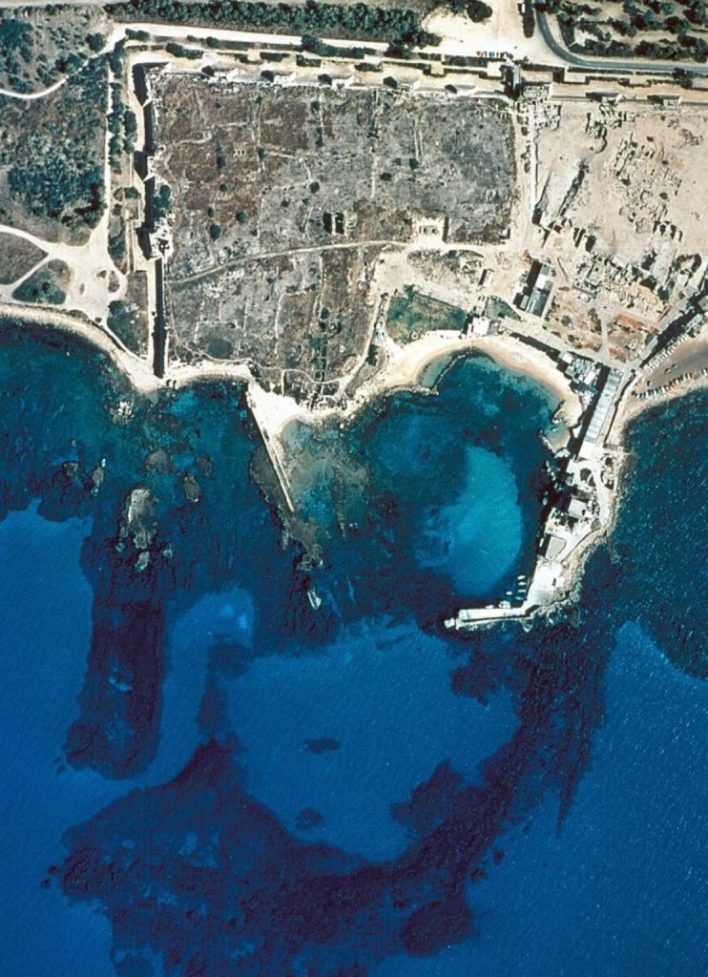
While Herod’s renovation of Caesarea Maritima was ambitious, his harbor restoration was even more impressive as well as expensive and precarious. Importing pozzolana from Mt. Vesuvius, this innovative hydraulic concrete made from alumina and silicate was used to build an underwater foundation for Herod’s elaborate port, Sebastos. Today, the current harbor boasts a Crusader citadel and mosque as well as contemporary shops and restaurants. Visible from land is a small sheltered inner area and a massive outer area protected by two breakwaters, while most of the other structures rest beneath the Mediterranean Sea.
Unfortunately the harbor was doomed from the start lasting no more than a century before sinking into the Mediterranean. Aerial photographs and underwater excavations have revealed that the outer harbor extended about 65 feet from the shore. In addition to shipwrecks is a large complex to include a temple with statues of Hera and Zeus, thought to have been built to honor Rome and Caesar Augustus. Evidence of a lighthouse built to resemble Pharos, Alexandria’s famous wonder of the world, was uncovered as well as warehouses for storage. Visitors to the Underwater Archaeological Park can explore multiple diving complexes that allow divers to learn about the ground-breaking technology utilized in the construction of the harbor and explore remnants of various shipwrecks along the coast.
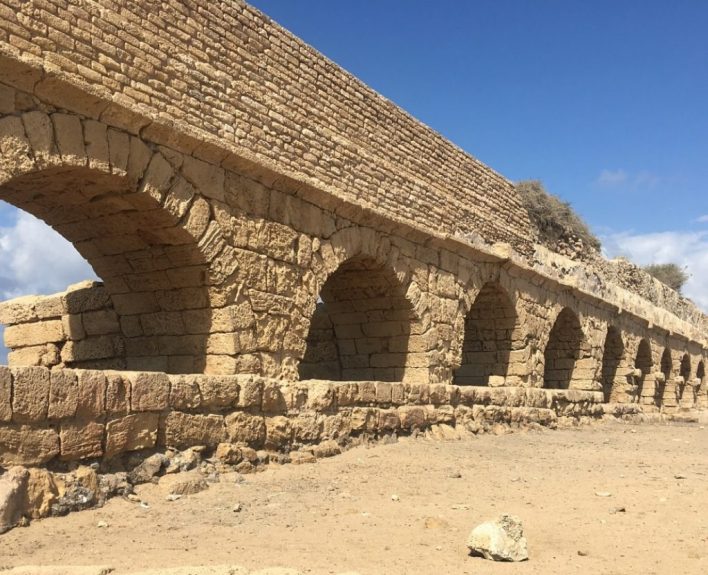
By the time Herod rebuilt Caesarea, the aqueduct had long existed and as the city grew, the demand for water increased. An estimated population of 30,000 lived in Caesarea during the Roman period and depended on local wells. With the addition of baths, fountains and latrines, aqueducts were required to sustain the Roman way of life.
Remains of these outstanding waterways exist to the north along the shore and the best way to reach them is by accessing the dirt road one hundred yards from the Crusader City. While some believe that Herod constructed aqueducts during his renovation, Hadrian’s contribution includes a pipeline that extends 11 miles from Mount Carmel.
Caesarea was truly one of the Holy Land’s most significant cities and was a major port of entry from the Mediterranean. Excavations in the 1940s have provided insight to this fabulous port city which was also a Roman military base. While many archaeological finds have been discovered, an amphitheater on the northern side of the park has yet to be unearthed. Much remains to be seen in Caesarea Maritima, one of the most popular archaeological parks in Israel.
Would you add Caesarea Maritima to your Israel itinerary? If you have already visited, what was your favorite part of the park? I would love to hear about your experience if you would kindly leave a message in the comments section below. Many thanks for reading about my visit to the beautiful port of Caesarea and wishing you many Happy Travels!
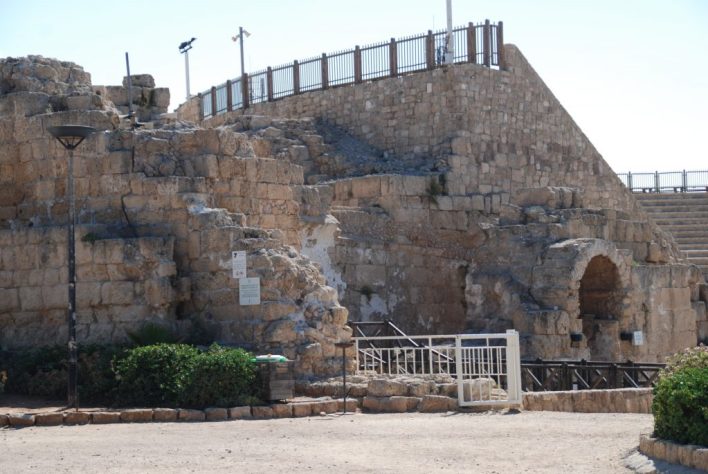
Entering the Theater
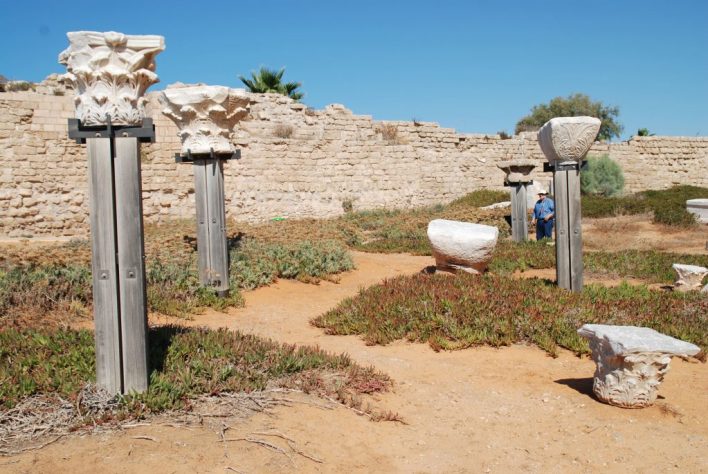
Archaeological Park at Caesarea Maritima
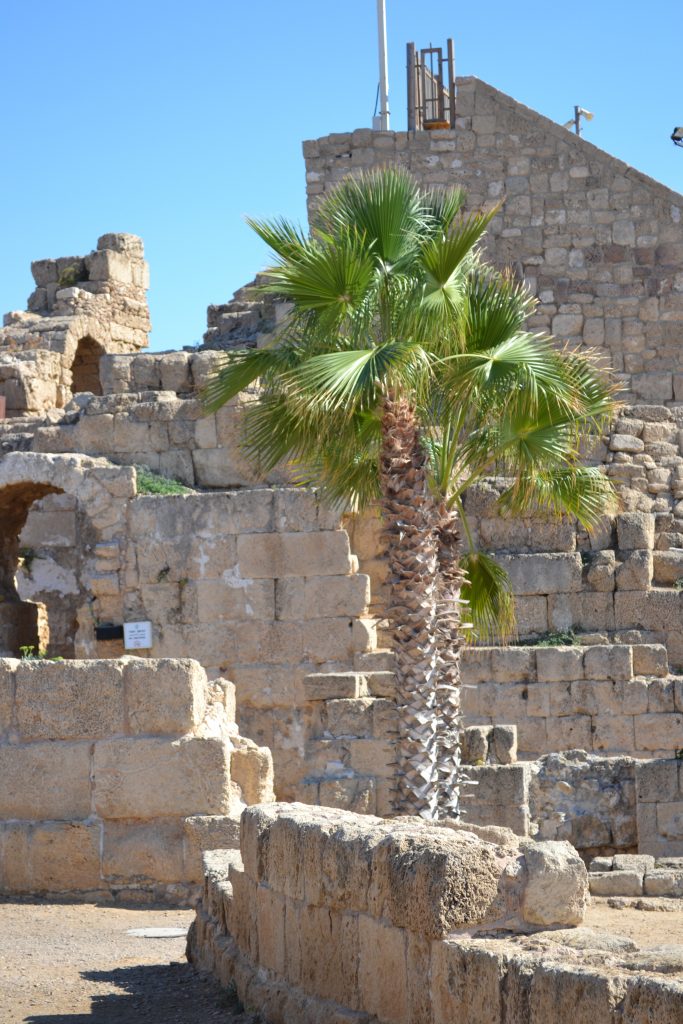
Caesarea Maritima

Herod’s Palace
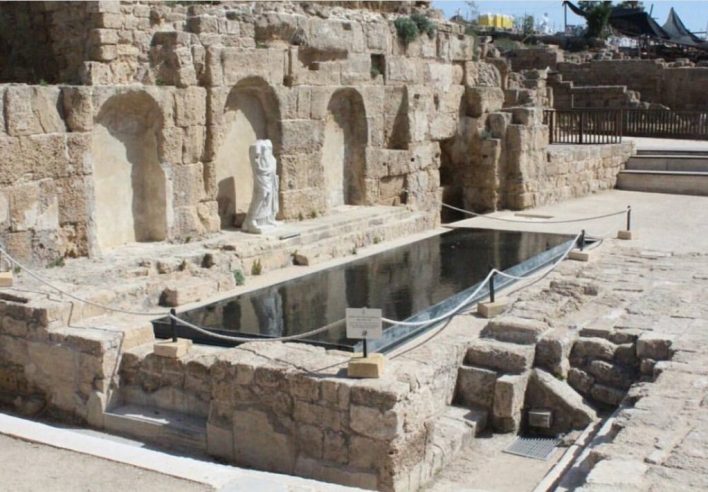
The Nymphaeum at Caesarea Maritima
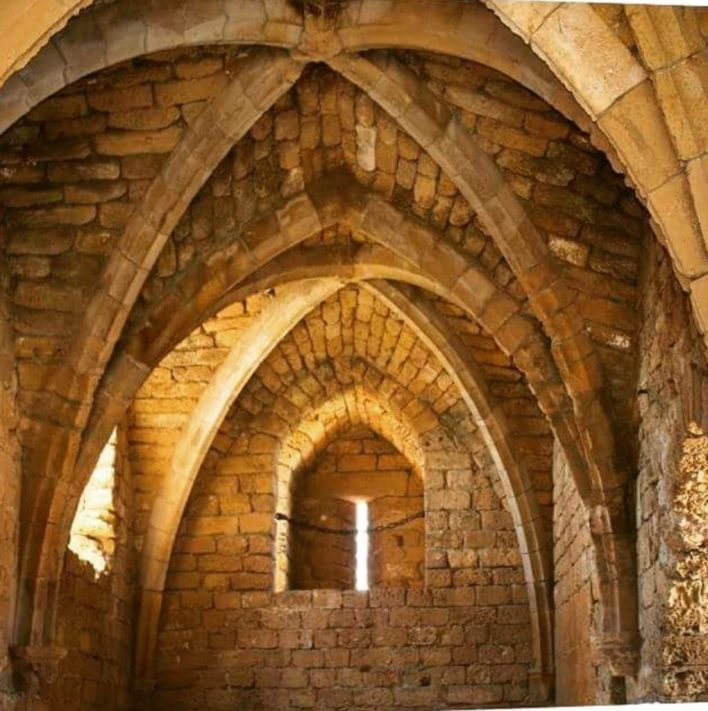
The Crusader City at Caesarea Maritima
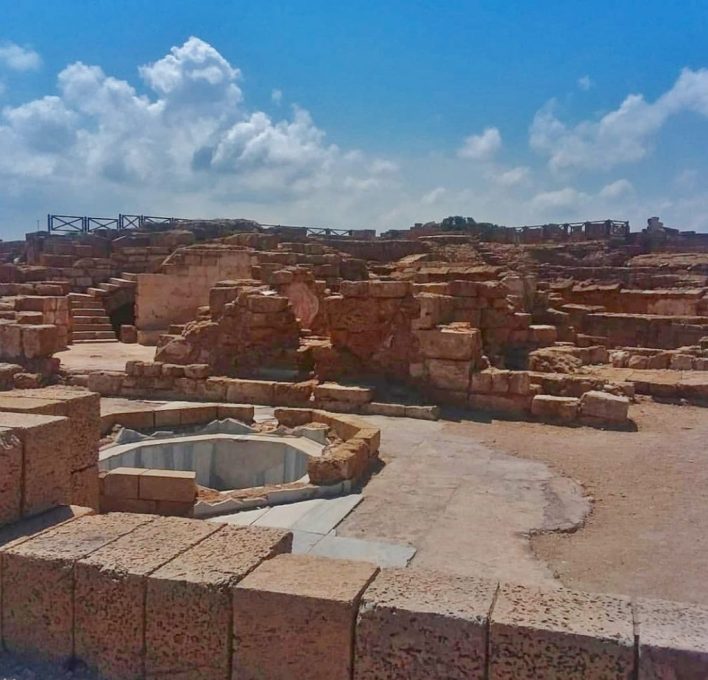
Byzantine Bathhouse
Related Post
A shocking documentary proves that mermaids do exist
SHOCKING Revelation: Thuya, Mother of Queen Tiye, Was the Grandmother of Akhenaten and Tutankhamun—What Ancient Egyptian Secrets Did She Leave Behind?
Breaking News: Astonishing Discoveries at Karahan Tepe Confirm an Extraterrestrial Civilization is Hiding on Earth, and NO ONE Knows!
Breaking News: Researchers FINALLY Discover U.S. Navy Flight 19 After 75 Years Lost in the Bermuda Triangle!
NASA’s Secret Investigation: Uncovering the Astonishing Mystery of the UFO Crash on the Mountain!
Explosive UFO Docs LEAKED: Startling Proof That Aliens Ruled Ancient Egypt!